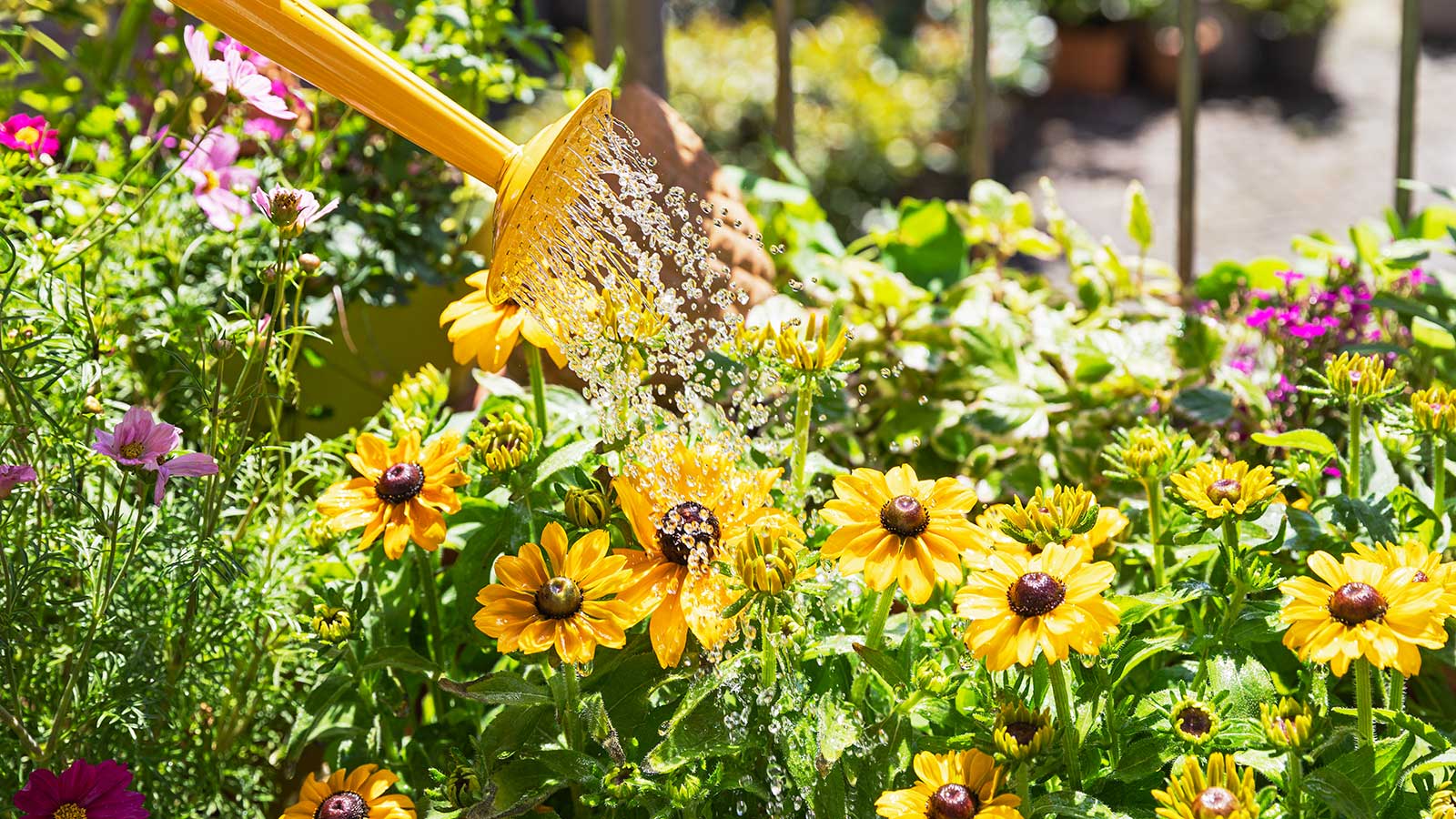
For city dwellers, spotting a flowerbed amongst a sea of concrete can seriously lift the spirits, especially for those who don’t have much outdoor space of their own. I live in a high-rise apartment and can certainly vouch for this; seeing a border of wildflowers alongside a sidewalk will always brighten my day. These cheery blooms may have been planted by the local council.
But, they could also be the work of a guerrilla gardener equipped with a ‘seed bomb’ or two. If you’re unfamiliar with the term, guerrilla gardening is all about planting things out in the big wide world (in other words, not as part of your backyard ideas ). ‘Though unauthorized (and in some cases illegal), it’s driven by community spirit and a desire to improve city landscapes,’ says Anna Ohler , the owner of Bright Lane Gardens nursery.

Such unauthorized planting can call for covert measures, like the aforementioned ‘seed bombs’ – small pellets of seed mixes thrown into disused areas. Other guerrilla gardeners opt for a more brazen approach: getting stuck in with a traditional fork and spade. The concept has been around for a long time, all over the world, but social media has helped it capture more people’s attention of late.
The reasons behind guerrilla gardening Guerrilla gardening can transform bare and neglected patches ‘The motivations behind it can vary depending on who’s undertaking the act,’ says Justin Hancock of Costa Farms. ‘It could be something as simple as beautifying a view, as altruistic as trying to improve a neighborhood, or even as an act of defiance or rebellion.’ There can also be huge benefits for local insects, birds, and other wildlife.
As Anna points out, by planting along roadsides and in neglected areas, guerrilla gardeners can turn forgotten spaces into vibrant native habitats. Planting resilient native species, like wildflowers , can greatly increase the natural diversity of those places, she says, adding how creating 'pollinator corridors' along pathways can further enhance biodiversity. Larger-scale community gardens can provide a place for people to reconnect with nature, grow fresh food, and enjoy the mental health benefits of gardening – or ‘green therapy’.
The Bowery Houston Farm and Garden in New York, which was built on a neglected lot, is a well-known example of this type of project. Now known as the Liz Christy Community Garden , it was created by the Green Guerillas, a group founded in the early 1970s by Liz Christy, Amos Taylor and Martin Gallent – radicals of their time. The garden eventually became the first community garden approved by the city, and is still open to visitors today.
The Liz Christy Community Garden Green Guerillas is also still active as a nonprofit organization, supporting community gardens with resources such as seed and tool libraries and providing internships for youth development. Anna is an avid plant hobbyist and the owner and operator of Bright Lane Gardens, a boutique plant nursery in Northern Michigan. With over a decade of experience in gardening and landscaping, she takes every opportunity to share her knowledge on all things plant-related.
She also runs the company's YouTube channel , which is full of practical advice. Justin Hancock is a Costa Farms horticulturist with over 25 years in the industry. A plant enthusiast and educator, he has a degree in horticultural science and has worked in garden centers and botanical gardens, as a garden designer, and in garden publishing (including at Better Homes and Gardens ).
He has experience gardening across the country, from Minnesota to Oregon to Miami. Justin is also co-host of the Costa Farms podcast Plant Rx . Guerrilla gardening today Seed bombs are a popular technique for guerrilla gardening Guerrilla gardening is a pretty hot topic on social media.
As I write this, the hashtags #seedbombs and #guerillagardening have 31,000 and 41,100 posts on Instagram respectively, showcasing all sorts of ‘how-to’ tutorials and inspiring examples. With a TikTok following of over 80,000, London-based Ellen Miles is part of this influential online movement, helping to inspire a whole new generation of guerrilla gardeners. In her book Get Guerrilla Gardening (published by Dorling Kindersley Limited), she writes: ‘I believe we have a right to engage with the land we live on, and a responsibility to, too.
’ As a comprehensive guide, her book is packed with advice for getting involved, from tips on how to water plants in a guerrilla garden to step-by-step instructions for making ‘moss graffiti’. There’s even advice for how to best avoid getting into trouble with the law. The legalities of guerrilla gardening are indeed something to consider, and perhaps what puts many people off the idea in the first place.
Of course, while it may not be guerrilla gardening in the traditional sense, asking for permission before you start planting (even if it’s to simply sow some seeds ) can help to prevent problems down the line. Ellen Miles' guide provides all the essentials on how to get involved with guerrilla gardening, and features plenty of success stories, too. FAQs Native plants are best for supporting local wildlife, and are more likely to thrive in local climate conditions.
Likewise, drought-tolerant options have a better chance of flourishing in areas less likely to receive regular maintenance. It’s important for guerrilla gardeners to avoid planting invasive plants – these can quickly get out of control. ‘Guerrilla’ usually relates to someone within an unofficial, independent group fighting against a larger, official one.
The term ‘guerrilla gardening’ was coined by the Green Guerillas group in the 1970s. While greener outdoor spaces offer plenty of positives, growing more plants indoors also has its merits, particularly for those living in built-up areas. Our guides on apartment gardening and balcony gardening have lots of tips to get you inspired.
.














